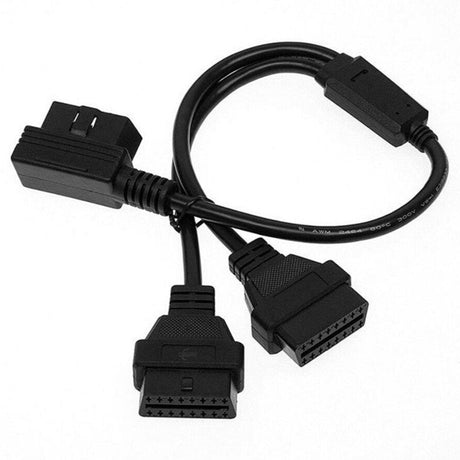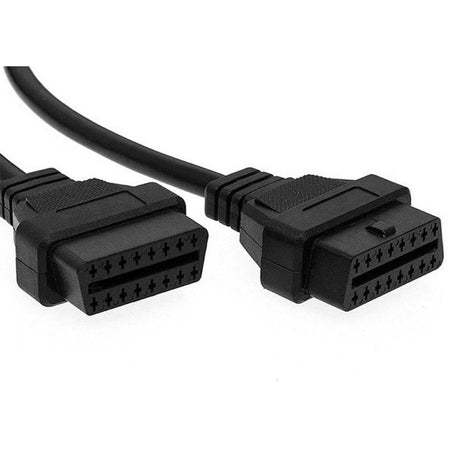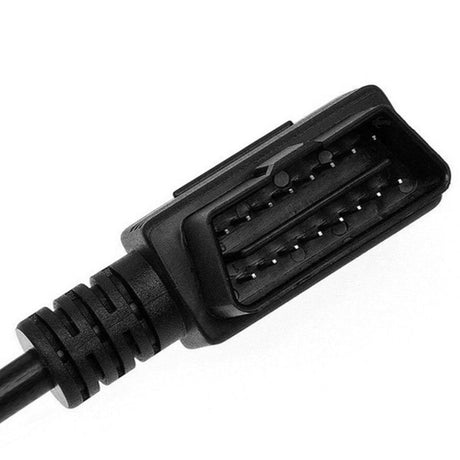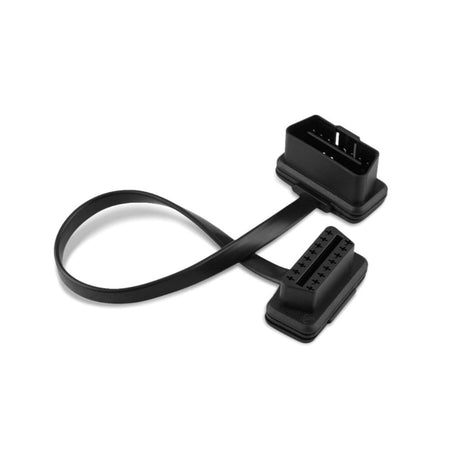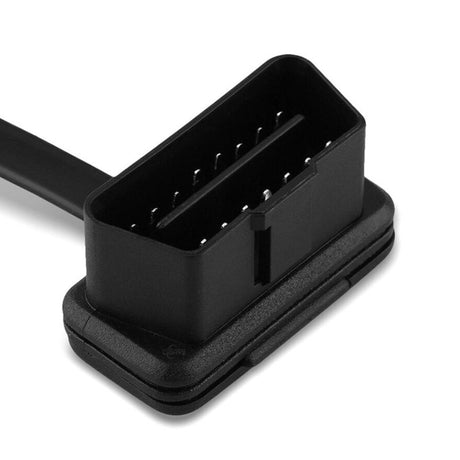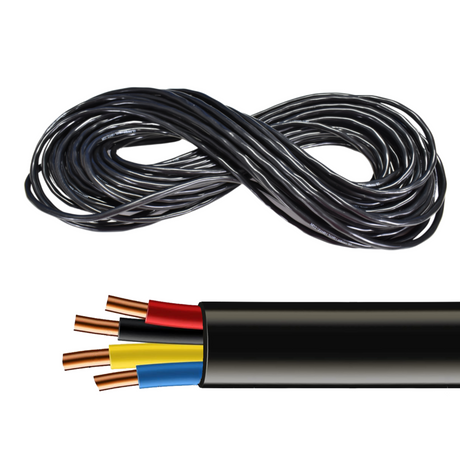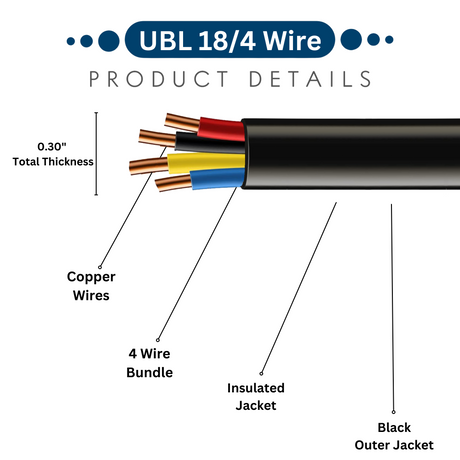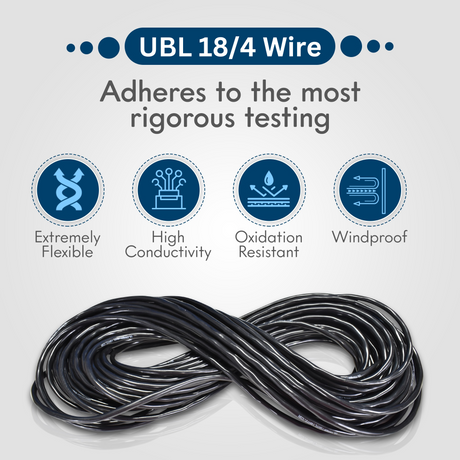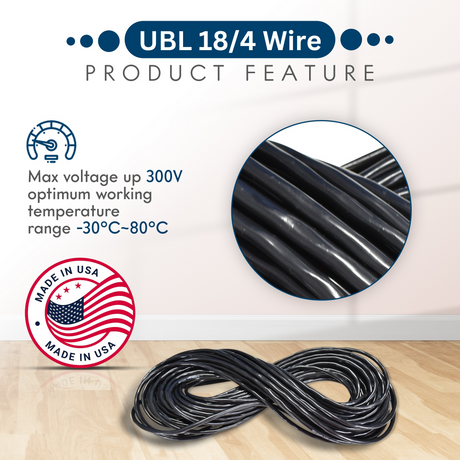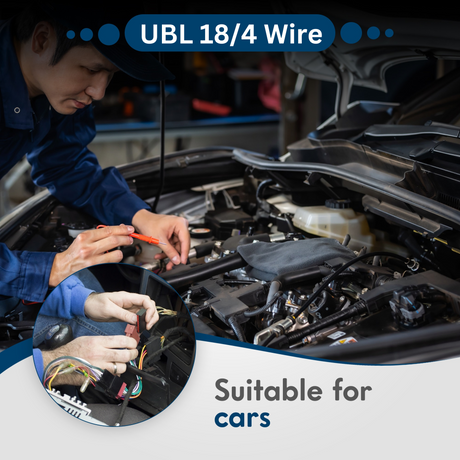What Is AWG?
AWG stands for American Wire Gauge, a standardized system used in the United States to denote wire diameter. It’s commonly used across many industries, including automotive, marine, and emergency vehicle upfitting.
Here’s what you should know:
- The lower the AWG number, the thicker the wire.
- For example, 12 AWG is thicker than 18 AWG.
- Thicker wires can carry more current (amps) over longer distances with less resistance.
AWG sizing is non-linear. That means the difference between, say, 12 and 10 AWG is much more significant than it may appear at first glance.
What Is MM²?
MM², or square millimeters, is the metric measurement used internationally to define a wire's cross-sectional area. In many European countries and in international equipment specs, you’ll find wire sizes listed in mm² instead of AWG.
This difference can be confusing if you’re working with products or wiring diagrams from both the U.S. and international manufacturers.
Why Convert AWG to MM²?
Converting AWG to mm² is especially important when:
- Installing internationally sourced lighting or electrical components
Matching wire sizes to manufacturer specifications - Ensuring electrical compliance and safety in cross-border vehicle builds
- Comparing products and wiring kits across brands like Feniex, Whelen, SoundOff Signal, and Code 3
Many UBL customers—like police fleet managers, fire departments, and off-road upfitters—work with global specs. Having a quick and reliable AWG to MM² conversion reference can save time, prevent errors, and ensure optimal performance for your emergency lighting system.
AWG to MM² Conversion Chart
Here’s a quick look at how AWG sizes compare to their metric mm² equivalents. Keep in mind this is an approximate conversion based on wire cross-sectional area:
AWG
Approx. mm²
0
53.5 mm²
2
33.6 mm²
4
21.2 mm²
6
13.3 mm²
8
8.37 mm²
10
5.26 mm²
12
3.31 mm²
14
2.08 mm²
16
1.31 mm²
18
0.823 mm²
20
0.519 mm²
22
0.326 mm²
24
0.205 mm²
Looking for a printable wire gauge chart or color-coded wiring kits? Check out our accessories section at UltraBrightLightz.com, where we offer pre-terminated wiring harnesses, split loom tubing, and more.
How to Choose the Right Wire Size for Emergency Vehicle Lights
1. Consider Current Load (Amps)
Always check the amperage draw of the lights or devices you’re wiring. For instance:
- A Feniex Fusion-S Surface Mount draws ~1 amp per module
A Whelen Liberty II Lightbar may draw 15–25 amps depending on configuration
Use wire that can handle your maximum continuous load with room for expansion.
2. Measure the Distance
Longer wire runs experience greater voltage drop. If your wire run is over 10 feet, consider bumping up to the next gauge size, especially for high-output lights.
3. Factor in Voltage
Most emergency lighting operates at 12V DC. At this voltage, even minor resistance from undersized wire can cause performance issues like flickering, dim lights, or misfiring flash patterns.
Common Wire Sizes Used in Emergency Vehicle Upfitting
Use Case
Recommended AWG
LED Surface Mounts
18–16 AWG
Dash Lights & Interior Lighting
18–16 AWG
Lightbars
14–10 AWG
Sirens/Speakers
12–10 AWG
Battery Leads
8–4 AWG
Always refer to the manufacturer's installation guide and local electrical codes when wiring your setup.
Can You Use Metric Wire in the U.S.?
Yes, you can use mm²-sized wire in U.S.-based installs as long as:
- It meets or exceeds the ampacity requirements
- The insulation is rated appropriately (i.e. 90°C, 600V, etc.)
- The wire is marked and documented correctly
For example, 4.0 mm² wire is roughly equivalent to 12 AWG and can be used in place of it in most automotive or emergency vehicle setups.
Shop High-Quality Wiring Products at Ultra Bright Lightz
We offer a wide selection of wiring harnesses, split loom, heat shrink connectors, fuses, and relays to complete your lighting installation.
Whether you're building a fleet of police interceptors, customizing a fire truck light package, or outfitting your personal POV with amber warning lights, UBL has the tools, connectors, and cable management solutions you need.
Final Thoughts: AWG to MM² Doesn’t Have to Be Confusing
Understanding wire gauge isn’t just a technical detail—it’s essential to the safety, longevity, and performance of your emergency lighting system.
Use this AWG to MM² conversion guide as your go-to reference, and be sure to bookmark it for future installs. For any questions about wiring your setup, our team at Ultra Bright Lightz is happy to help.
Need More Help?
Contact us at info@ultrabrightlightz.com or use our live chat. We’ll help you pick the right wire, flasher module, controller, or lightbar—so your install goes smoothly the first time.

